This item is accessible only to the Merrimack College community.
- Off-Campus Merrimack College Users: To download this item, click the “Off-Campus Download” button below.
- Non-Merrimack College Users: Talk to your librarian about requesting this item through interlibrary loan.
Document Type
Article - Merrimack Access Only
Publication Title
Michigan Sociological Review
Publisher
Michigan Sociological Association
Publication Date
Fall 2006
Abstract/ Summary
An attendee of a workshop on teaching high school sociology at the 2003 ASA annual meeting raised a fundamental question for which sociologists currently have no answer: Why is a sociology course offered in some high schools but not in others? The only empirical study that has attempted to answer this question is more than 20 years old. After analyzing a dataset from the Connecticut Department of Economic and Community Development, and questionnaire and interview data collected from high school sociology teachers in Connecticut, I argue that the decision to offer a sociology course is made at the level of individual schools. It is not influenced by community- level variables, as previous research has suggested. Four factors in particular affect sociology's existence in high school curricula: student interest and enrollment, teacher changes and shortages, ongoing curriculum revision, and the prevalence of standardized testing. In conclusion, I recommend ways in which sociologists and ASA representatives might take these results into account as they continue to lobby for increasing sociology 's presence in high school curricula.
Publisher Statement
© 2006 Michigan Sociological Review, the official publication of the Michigan Sociological Association. Journal website available from: http://www.gvsu.edu/msr/

